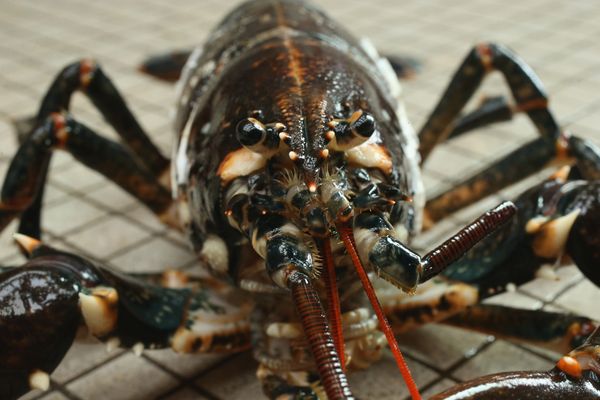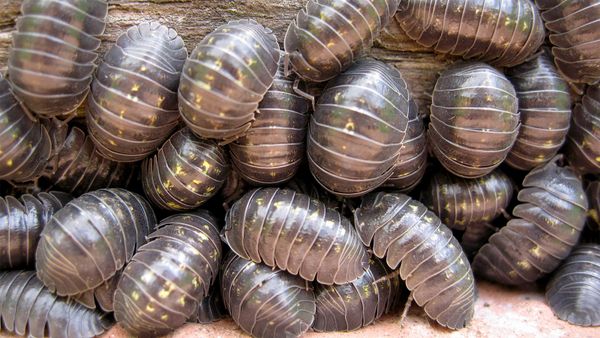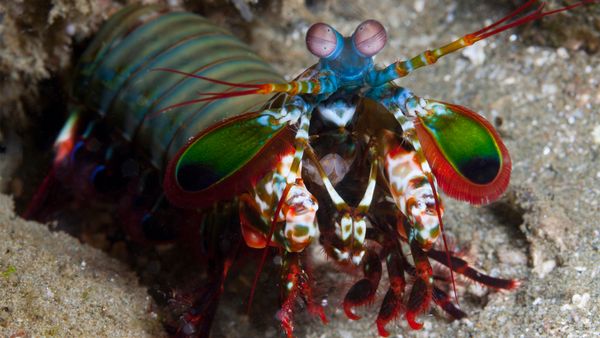
Chances are, you've never encountered a giant isopod unless you've spent time trawling the deep ocean and accidentally snagged one in the tangles of your fishing net.
Perhaps you may have seen one in captivity at one of the few aquariums that house them. Regardless, you may be fascinated to learn that there are tons of these humongous bug-like creatures living in the darkest depths of the sea. And yet, they remain somewhat a mystery to us humans.
Advertisement
"There's a lot we really don't know about these guys," says Ruth Carmichael, senior marine scientist at the Dauphin Island Sea Lab and professor of marine and environmental sciences at the University of South Alabama. But what scientists do know is that "they have a really important job [debris recycling] that we need animals to be doing in the deep ocean." More on that in a minute.


